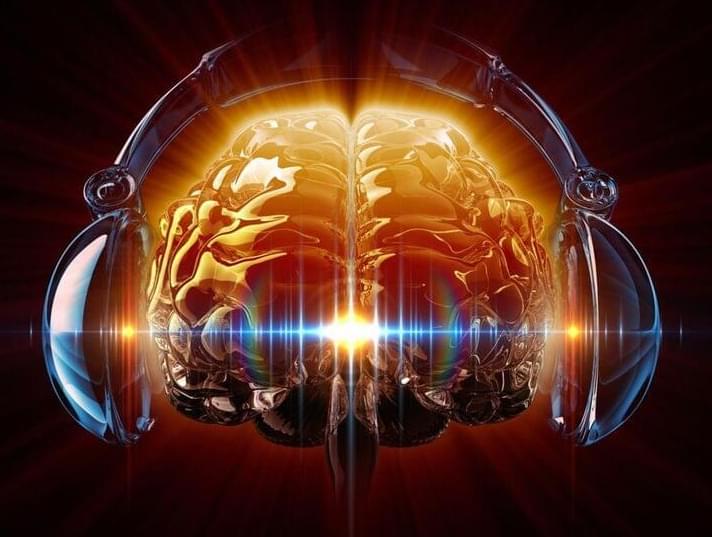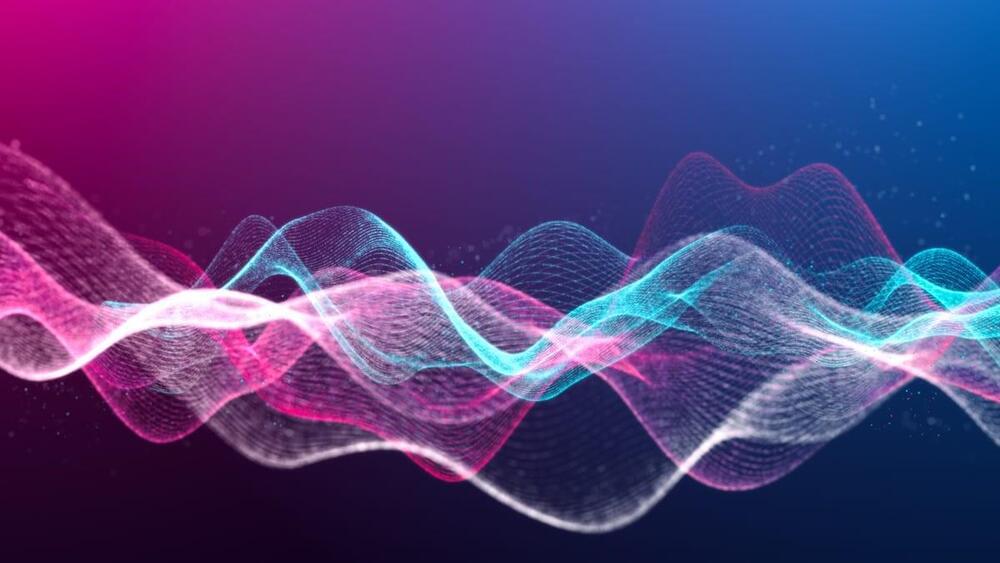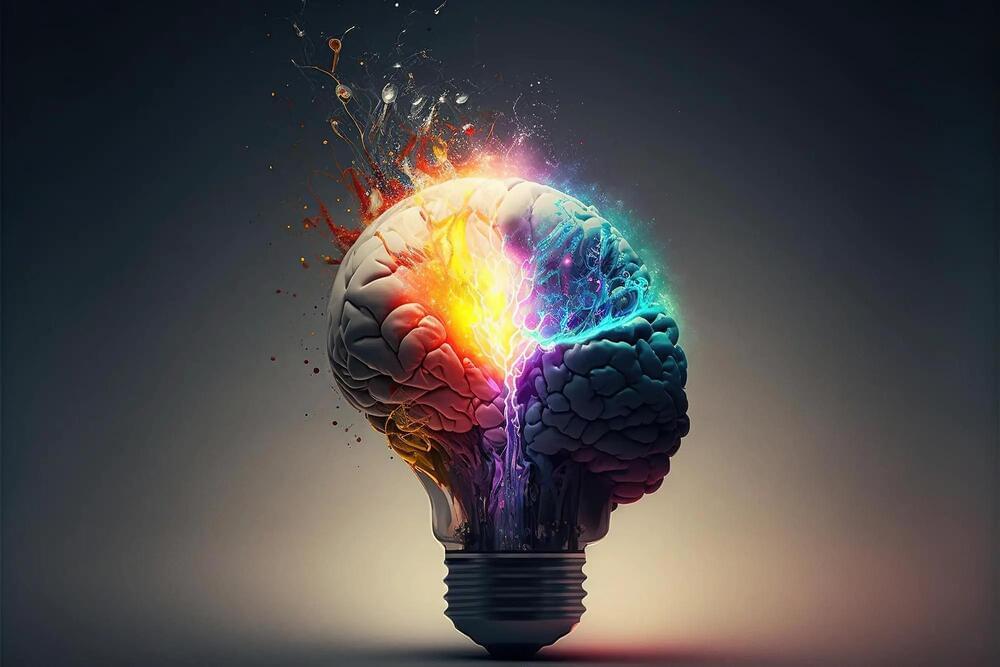In an art world conquered by Artificial Intelligence, Claire takes a final stand against the new status quo.
A sci-fi short film created with the help of AI.
#shorts #shortfilm #ai #action #artificalintelligence #animation #midjourney #stablediffusion #aiart #runaway #generativeart #scifi #fantasy #noir #filmmaking #art #storytelling #videomaking #aigenerated #innovation #cinematography #virtualreality #contentcreation #filmproduction #aitools #sciencefiction #film #free #movie #digital #future #creativity #cinema #new #dystopian #drama #runway #pikalabs




